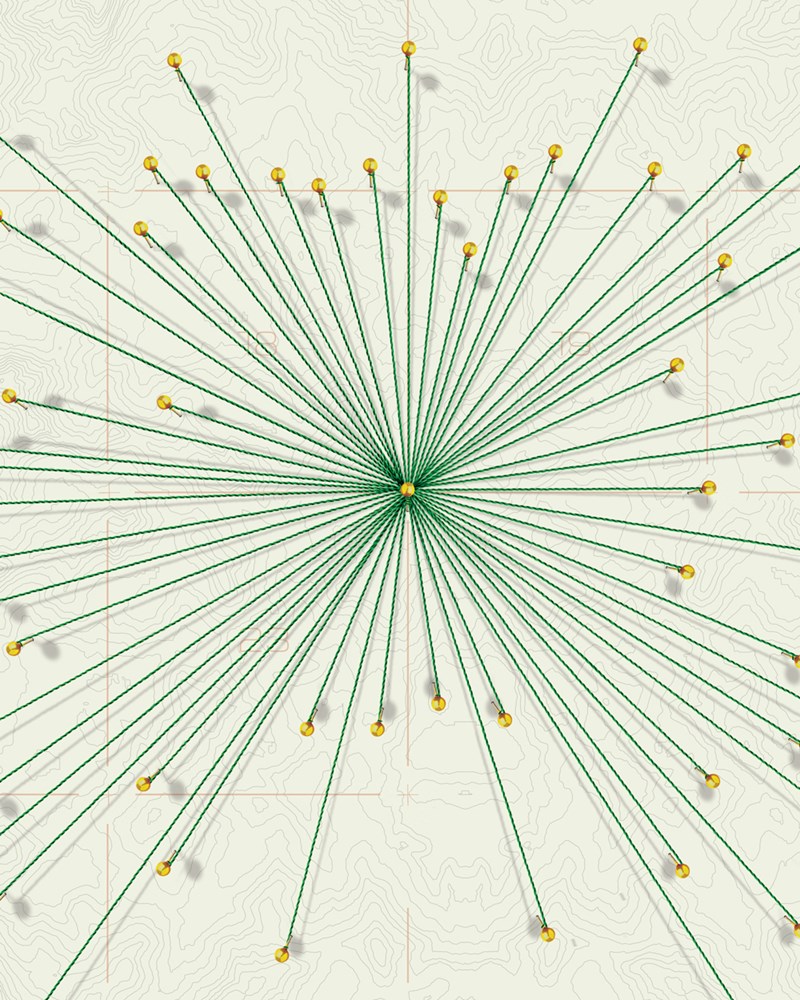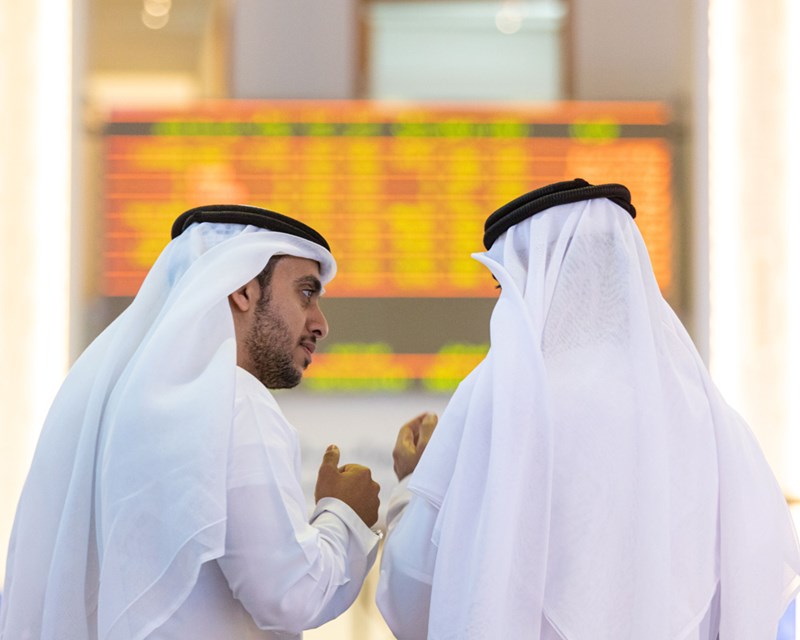Olivia Leland believes there is power in numbers. As the founder and CEO of Co-Impact, a global donor initiative that not only pools funds but knowledge, she is at the forefront of a growing trend of collaborative philanthropy working to build partnerships that are greater than the sum of their parts. The goal of this model is systems change: Co-Impact aims to improve education, health and economic opportunity for millions of people in Africa, South Asia and Latin America over the next five years. But its legacy could also stretch beyond that. For Leland, who was also founding director of the Giving Pledge, it has the potential to mark the start of a new blueprint for global and impact-focused giving.
Q. Can you tell us how Co-Impact developed, and your path to collaborative philanthropy?
My entire career has been spent in the social sector, mainly working around how to drive more impact in the world. The Giving Pledge began life as a half-page memo, and it took a year and a half to really build it out and to launch it. One of the questions that came out of that process was, once people commit to philanthropy, what more can be done to drive more effective giving? I was interested in the next phase after commitment, and in identifying the infrastructure that would be needed to support it.
I was funded by two Giving Pledgers to look into that question, and I spent a year interviewing everyone I could find and reading everything I could to understand what more could be done to drive more effective giving. The idea for Co-Impact really came out of that.
What we know from the Giving Pledge experience is that by learning from other leading philanthropists and piggybacking on their experiences, we can translate that into impact for millions of people.
Q. What were the findings that helped shape your thinking?
I had hundreds of conversations with nonprofit leaders, people in government and philanthropists all around the world. Some of the points we landed on were that philanthropists – especially individual philanthropists or those with small family foundations – found it challenging to identify opportunities and develop and support them. One philanthropist said: "I would love to have a way that I could write a significant cheque, but I don’t know where or how I could do that, and I have four people on my team."
When I asked nonprofit leaders what they’d like to see from philanthropy, it was longer-term funding, and support that went beyond financial resources. Most of those I spoke with – even those with proven and impactful models – said they were reaching only one or two per cent of the people they felt they could be. So the question became: how do we pivot in order to ensure philanthropy is better suited to supporting large-scale change?
Q. How does Co-Impact’s model aim to answer those questions?
The premise of Co-Impact is firstly, to benefit millions of people in low and middle-income countries by supporting proven initiatives in the areas of health, education and economic opportunity. And secondly, to create a global community of philanthropists, social change leaders, governments, businesses and others, who are focused on driving systems change. We’re bringing people together around a joint goal.
Q. And what does that engagement look like?
So there are three ways philanthropists can engage: core partners typically put $50m over 10 years into the pool, and they also select the opportunities we support and advise on our strategy. Then we have co-investors, who support individual opportunities. They can be philanthropists, foundations, bilaterals or multilaterals, and other types of funders as well. Then we have the Co-Impact community, which is a much broader group of funders from around the world who typically commit $500,000 a year for a three-year term, and they also vote on the initiatives we support. That group tends to engage quite deeply on the learning side too, through our webinars and our learning trips.
We’ve intentionally built Co-Impact as a flexible platform, recognising that philanthropy is deeply personal and people come looking for different things, and because having others at the table is hugely helpful in terms of what we each can bring. It’s very important that we have global reach.
On the programme partner side of things – our grantees - we’re looking to support initiatives working to bring about systems change.
Q. Co-Impact launched with a remarkable list of partners – from Jeff Skoll to the Rockefeller Foundation – and planned funding of $500m. Why has it resonated so strongly with philanthropists?
I think there’s two things: philanthropy in itself has huge potential, but at the same time we have to recognise that it can’t do everything. Our partners see value in coming together to drive more impact in the world and they see the role collaborative philanthropy can play in making that happen. It’s a model that allows for larger-scale efforts continued over the longer term – and it also allows you to push and learn from one another. I think there’s a real desire for that. We’re starting to see our community members going out and talking to their peers about why they value being part of Co-Impact, how it’s helping them, and getting the word out about collaborative philanthropy. We’re excited to see the community grow in that way.











